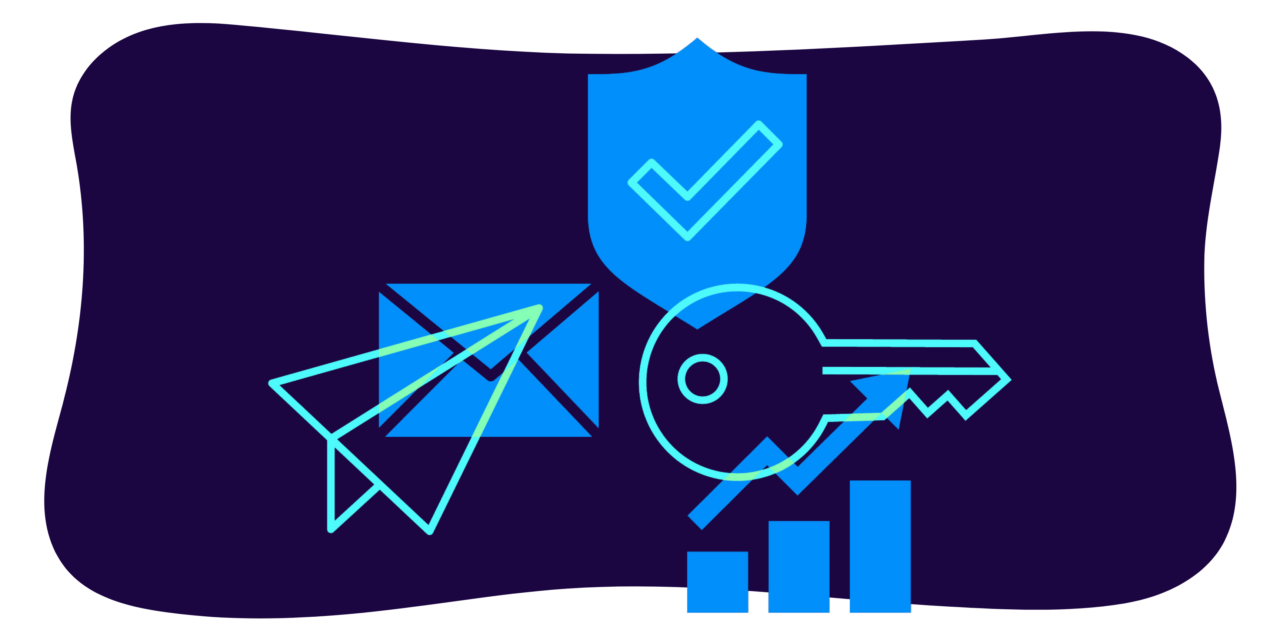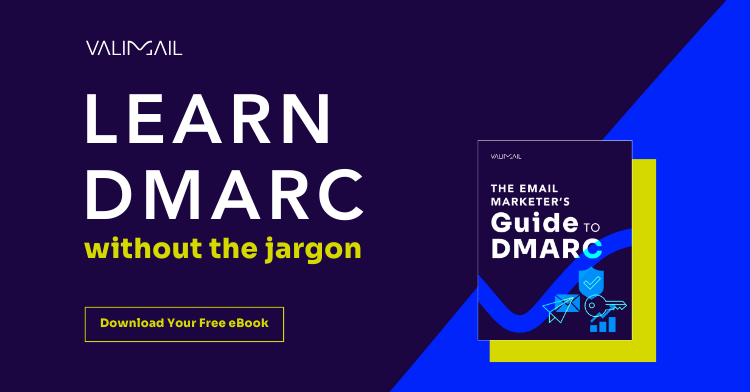Thanks to Google and Yahoo, Domain-based Message Authentication, Reporting, and Conformance (DMARC) has become a hot topic. As part of their new email sender requirements, Google and Yahoo will be requiring DMARC, otherwise your emails are at risk of being blocked.
Since these requirements were released in October 2023, they’ve been updated. According to the latest timeline, the changes will begin to go into effect in February 2024 and gradually roll out over the coming months.

Time is running out, and if you don’t already meet these requirements, you need to develop a plan to prevent your email from being blocked.
Fortunately, we have three new resources to help set up your email sending for success.
Email Sender Requirement Checklist
While adapting to these changes might be initially challenging, they are implemented for a good reason. Google, Yahoo, and other providers are taking a proactive approach by enforcing what best practices. They aim to create a safer email environment where trust is paramount.
“Your email should be trusted and safe. Everyone’s email should be. This is Valimail’s mission: restore trust to email. We believe that authentication is foundational, and doing it the right way is critical. Google is elevating best practices — having strong authentication — into requirements. We welcome this! And we’re looking forward to partnering with Google to take this even further and ensure quality of enforcement.”
Seth Blank, CTO of Valimail
To help you meet every requirement, we’ve compiled all of the latest requirements into an interactive checklist that you can use as your guiding post through these email changes. This checklist also comes with a timeline to help you plan.

IT Communication Plan
You can meet some of these requirements with your email service provider (ESP), but you’ll have to manage some of this in-house with your IT team. Setting up a DMARC policy and aligning SPF and DKIM will require some IT support, but starting the conversation with them can be challenging.
Your IT team can help you:
- Set up your DMARC record for all sending domains
- Identify legitimate senders with high email volume
- Collaborate with vendors to address any requirements issues
To start the conversation, we’ve crafted a template email you can send to get the ball rolling before the requirements deadline.

Email Marketer’s Guide to DMARC
Before approaching IT, you should have a foundational understanding of what DMARC is and how it works.
If this is the first you’ve heard of DMARC and these new requirements, don’t worry. We used our years of knowledge and experience of DMARC to tailor a comprehensive guide to marketers. Our new guide, the Email Marketer’s Guide to DMARC, will teach you all you need to know.
We break down the jargon and confusing technicalities so any email marketer can understand DMARC and get compliant with Google and Yahoo requirements. Inside this guide, you’ll discover valuable information, such as:
- What DMARC is (without the confusing jargon)
- How to boost your email deliverability
- How to work with IT to set your DMARC policy
- Common challenges and easy solutions
Don’t miss the opportunity to stay ahead of the curve and protect your brand’s reputation. Transform your email marketing strategy and confidently send your email.




